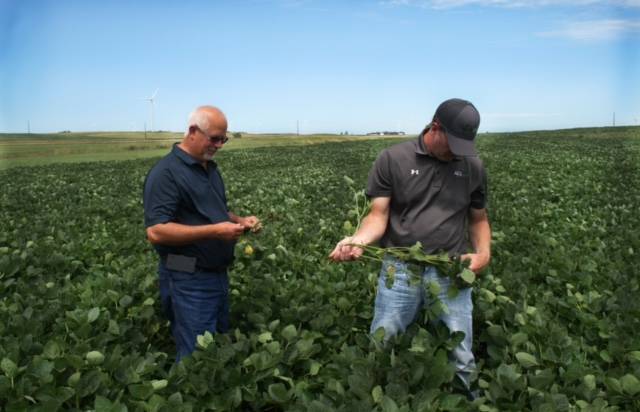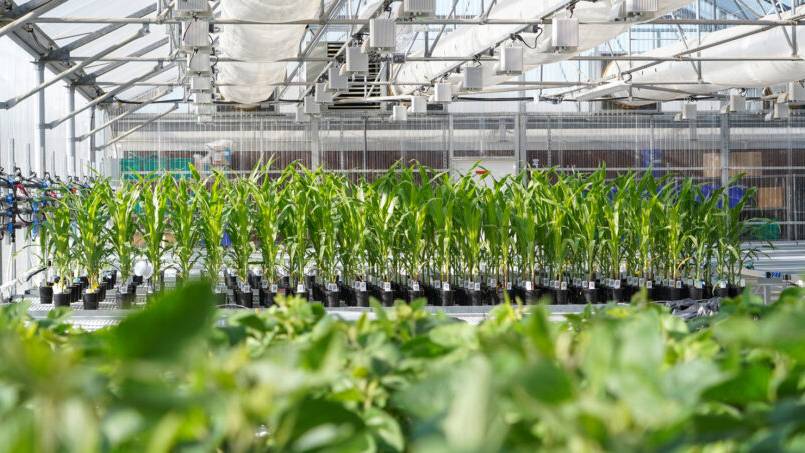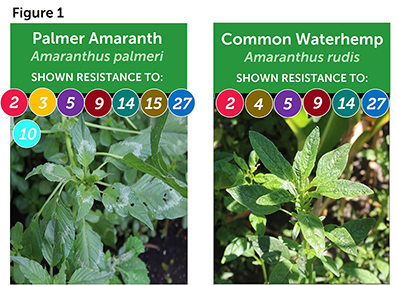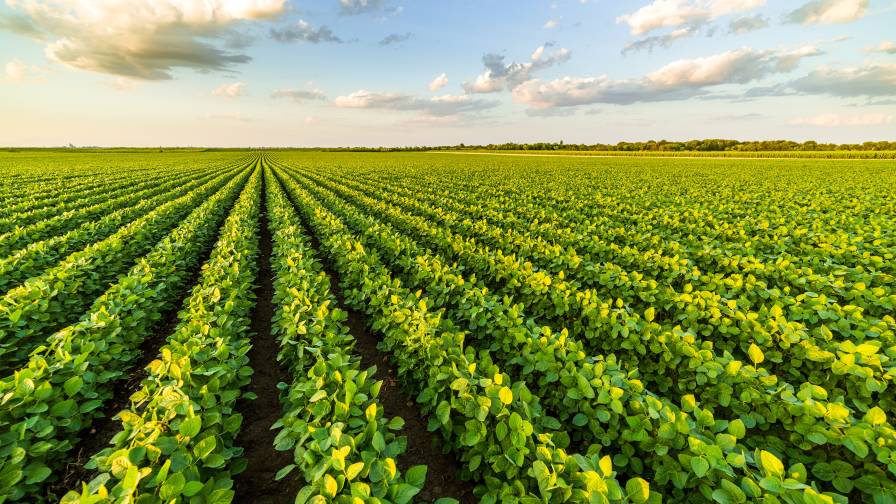Is Agriculture Ready for ‘Supreme Soybeans?’
During the 22 years I’ve covered the agricultural market, the crop mix in the U.S. has remained remarkably consistent. But is this about to change?
Back in mid-February, I had the opportunity to attend the 2022 EFC Systems Summit in Nashville, TN. As part of this conference, I heard a presentation from Ken Zuckerberg, Lead Industry Analyst for CoBank, looking at many of the current events making an impact upon U.S. agriculture. As you might expect, much of Zuckerberg’s talk focused on such “hot” topics as supply chain disruptions, the adoption of technology in agriculture, and geopolitical risks (which have, sadly, come to pass as Russia has indeed invaded neighboring Ukraine).
As he ran through all of his slides, however, the one that really caught my attention was one talking about a new alternative fuel: Renewable diesel. Now, for several years, energy producers have experimented with biodiesel, which is made from vegetable oils such as soybean. However, biodiesel has been difficult to handle and needed special retrofits/pipelines to be utilized. Furthermore, it doesn’t “behave well” in engines when air temperatures drop too far below freezing.
But according to Zuckerberg, renewable diesel is a different breed of alternative fuel. Although its feed stock is still vegetable oil, it uses a hydrotreating process for its production (instead of a transesterification process, then being injected into conventional diesel). This means no special handling is required. “Renewable diesel can be transported using regular diesel pipelines and it is as temperature stable as regular diesel,” he said.
Besides being easier to use, renewable diesel also is being supported by the energy industry, said Zuckerberg. In fact, not long after he gave his presentation, Chevron USA and Bunge North America announced a new joint venture to further the cause for alternative fuels. “Chevron expects to create the capacity to produce 100,000 barrels per day of renewable diesel and sustainable aviation fuel by 2030,” said Mark Nelson, Executive Vice President of Downstream & Chemicals for Chevron, in a press release announcing the new partnership.
However, there is one slight problem facing the future of renewable diesel, said Zuckerberg: Supply. “Should all of the new projects announced come online between now and 2024, 4.1 billion, or 98%, of current soybean production would be necessary to satisfy demand,” he said.
For the past two decades, corn has dominated the U.S. crop mix, with between 90 million and 95 million acres planted annually. Soybeans, on the other hand, tend to range between 86 million and 90 million acres. However, according to USDA figures released on March 31, corn acreage was projected to drop 4% in 2022, with soybeans growing by 4%. This would put soybean planted area for 2022 at a record 91 million acres — marking only the third time in the past 40 years that soybean acreage has outpaced corn acreage.
But will this remain the case? As Zuckerberg pointed out in his presentation, there is likely to be a great need for more soybeans in the U.S. in less than two years. This could present ag retailers and grower-customers with a host of new challenges to overcome. This would include some different crop nutrient needs and unique disease/pest pressures that soybeans-following-soybeans in crop fields might present.
So, will “King Corn” eventually give way to “Supreme Soybeans?” As always, time will tell . . .






